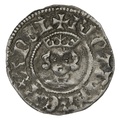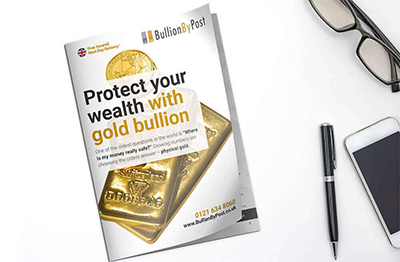Half Penny
The silver Halfpenny, also known as a Ha’penny, was a common circulating British coin. Unsurprisingly given its name, it was worth half a penny, or 1/480 of a (pre-decimal) pound sterling. In the early medieval period, the coin was almost exclusively made in silver. As time progressed, and the price of silver increased, the Ha’penny was instead circulated in copper, and switched to Bronze after 1860.
With a history stretching back to the twelfth century, the Halfpenny coin is a classic part of British history.
The original silver Halfpenny’s were introduced during the reign of King Edward I, and were quickly successful, helping to increase trade. Recently however, a small number of halfpenny’s dating back to the time of King Henry I have been discovered, centred around London.
Very old Halfpenny’s can be difficult to identify, and despite their prolific use, are relatively rare today. The small size of the coins made manufacturing difficult, especially for the hammered process originally used; making dies of such a small size resulted in a poor quality for the stamp. As a prolific coin, clipping was a common problem, and many old examples show signs of clipping, or general damage.
The coins were eventually switched to copper in the 1600s and required the importation of copper blanks from Sweden as the Royal Mint proved unable to produce them.
The silver Halfpenny originally had no value stamped on either face of the coin; the value was instead derived from its weight. As half a penny, sizes are typically small but change regularly; this is once again due to the value of the metal used fluctuating, as well as the change to copper in later years.
The Halfpenny coin would continue to be part of British currency for centuries, eventually being discontinued and demonetised in December 1984.



















